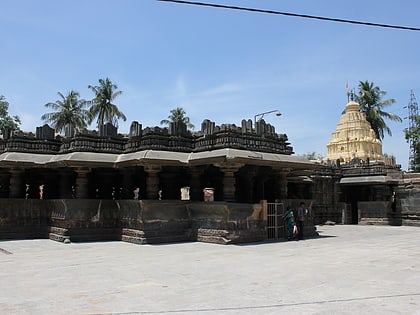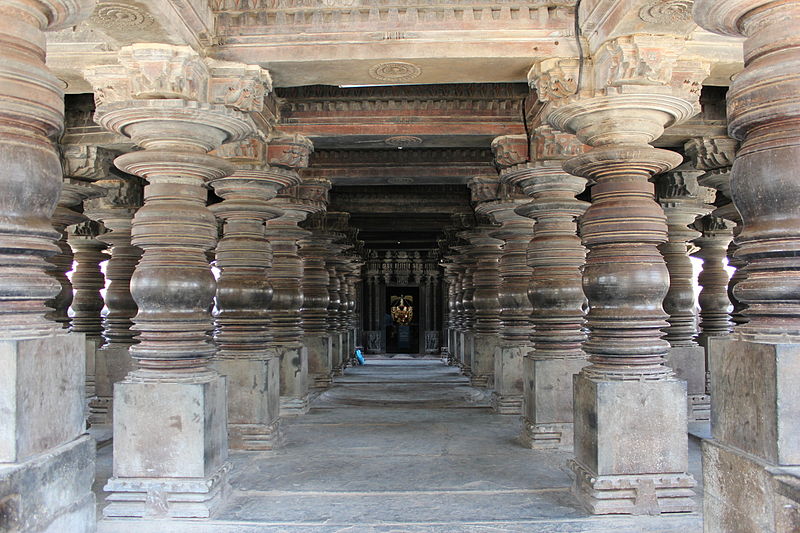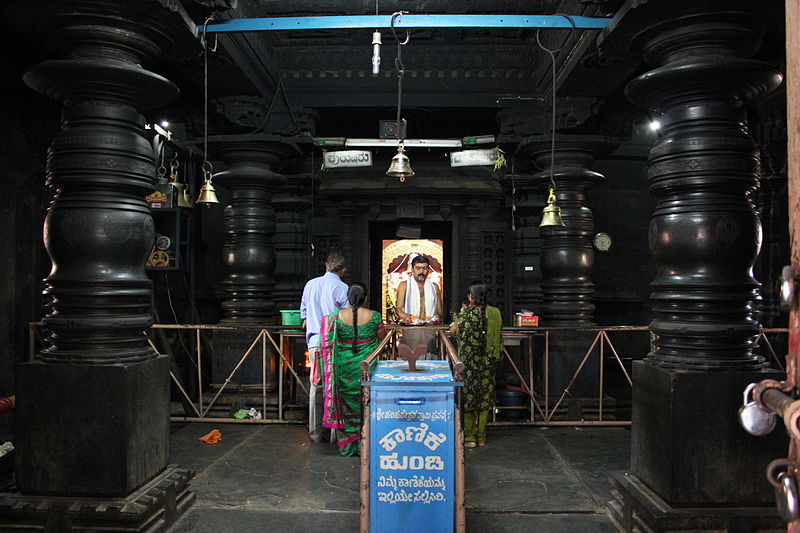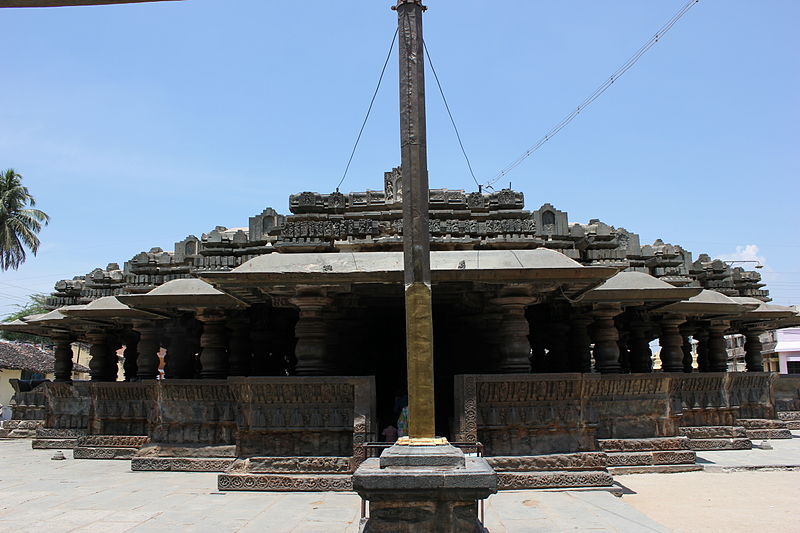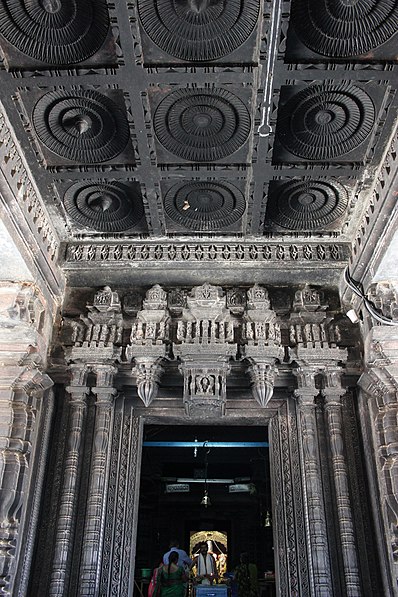Harihareshwara Temple
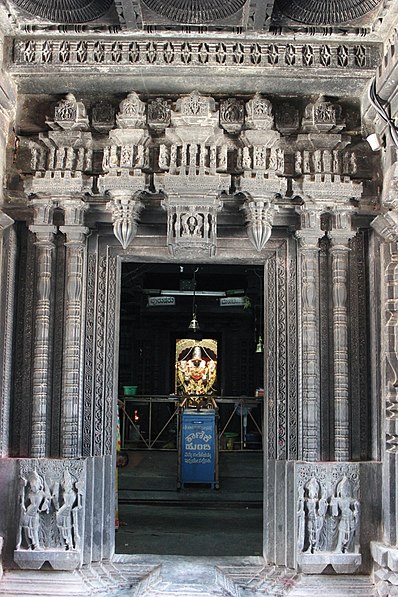
Facts and practical information
The Harihareshwara Temple in India is a sacred embodiment of Hindu architectural and spiritual heritage. This ancient temple, situated on the banks of the River Sharavathi, is a serene pilgrimage site revered for its divine significance and historical importance. The temple is dedicated to Lord Harihareshwara, which represents a fusion of Lords Vishnu (Hari) and Shiva (Hara), symbolizing the unity of Vaishnavism and Shaivism.
The temple's origins date back to the Hoysala Empire in the 12th century, showcasing the intricate craftsmanship of the era. It features a harmonious blend of Hoysala and Dravidian architectural styles, with elaborate carvings, sculptures, and inscriptions adorning its walls, and is a testament to the skilled artisans of ancient India.
Devotees and tourists alike are drawn to the temple not only for its spiritual aura but also for the serene beauty that surrounds it. The temple is enveloped by lush greenery and the rolling landscape of the Western Ghats, providing a tranquil backdrop for meditation and worship.
The Harihareshwara Temple is also known for its annual festivals and rituals, which attract pilgrims from across the country. These events are celebrated with great fervor, involving traditional music, dance, and religious ceremonies that offer a glimpse into the vibrant cultural fabric of the region.
Harihareshwara Temple – popular in the area (distance from the attraction)
Nearby attractions include: Basilica of Our Lady of Health.
